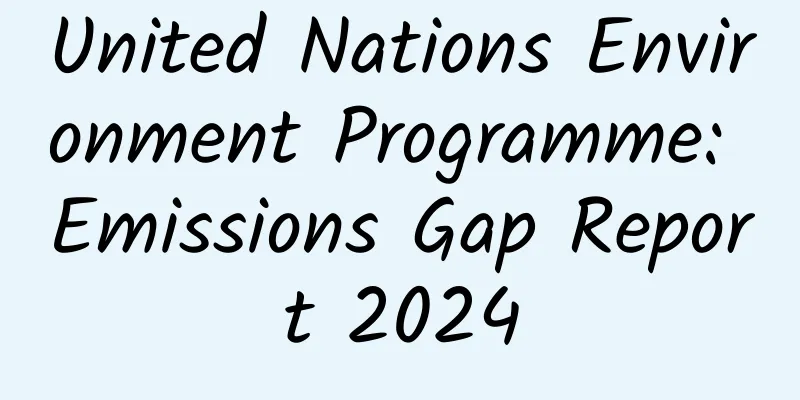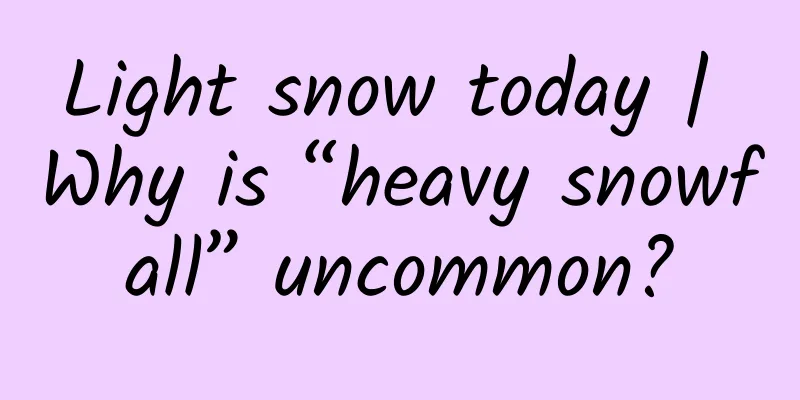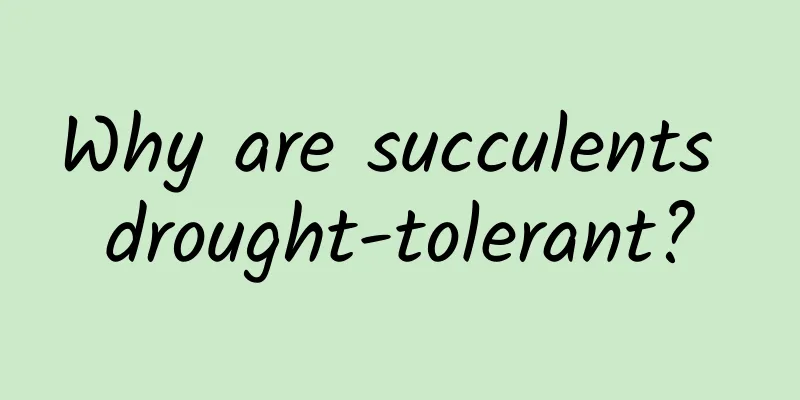United Nations Environment Programme: Emissions Gap Report 2024

|
UNEP has published its 2024 Emissions Gap Report, which looks at how much greenhouse gas cuts countries must commit to in the next round of Nationally Determined Contributions (NDCs), due in early 2025 ahead of COP30. To meet the 1.5°C target, emissions would need to be cut by 42% by 2030 and 57% by 2035. Without raising the ambition of these new NDCs and starting implementation now, the world is on track to warm by 2.6-3.1°C this century. This will have devastating impacts on people, the planet and economies. Achieving 1.5°C is still technically possible, with solar, wind and forests promising broad and rapid emissions reductions. Realizing this potential urgently requires support from a whole-of-government approach, measures to maximize socioeconomic and environmental co-benefits, enhanced international cooperation (including reforms to the global financial architecture), strong private sector action and at least a sixfold increase in mitigation investments. The G20 countries, especially the largest emitters, need to shoulder the heavy responsibility. Key findings
|
>>: Microsoft releases Xbox One S game console: starting price is $299
Recommend
How can Douyin increase followers quickly and effectively?
There are three ways to increase followers: conte...
The four instructors of Dabohui's "Live Streaming Sales System Course from Beginner to Mastery" will help you master live streaming sales on Douyin
Contents: From entry to mastery of live streaming...
The battle for smart home is on the rise again. Can Apple win with HomeKit?
According to foreign media reports on June 5, sin...
Pinduoduo search term ranking rules
In the store's traffic structure, the accurac...
What is preventing us from having a sweet love?
Getting a sweet love may be what many young peopl...
The explosion of an atomic bomb produces light and energy, so how can energy and light be turned back into matter?
Minutes after the Big Bang, the first particles o...
The universal equation for product growth: number of users = user motivation / action cost
The article analyzes and explains the universal g...
Bloggers must mark! A complete guide to hot topics on Xiaohongshu!
Last week, I updated a tweet about how bloggers o...
Baidu bidding data analysis skills, what aspects should be considered in bidding data analysis?
In Baidu bidding techniques, data analysis is of ...
World Beauty Day丨The most cost-effective "beauty" method, you may have been doing it wrong
November 7th of each year is World Beauty Day, wh...
Tencent suddenly lifted restrictions on WeChat: Google and Bing can search for public account articles, but Baidu cannot
In the era of mobile Internet, many apps have beg...
Android simple "blow to achieve" and recording and playback examples
I've been working on something related to sen...
12 ultimate technical conjectures about the world of programming
It is still difficult to predict the future of th...
How to make the next match-3 game?
[[140846]] Mobile games have entered a white-hot ...
Free resources that APP promotion novices must know
Free resources that app promotion novices must kno...









